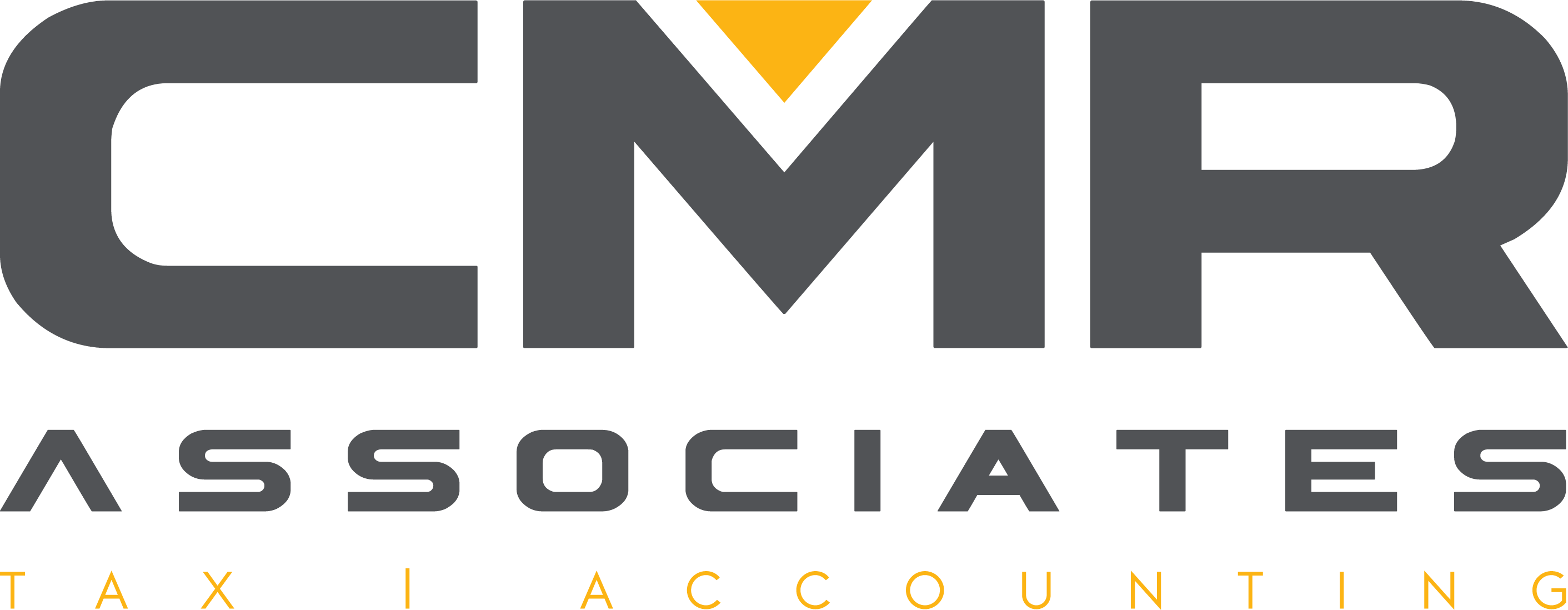Choosing the right accounting method for tax purposes
The Tax Cuts and Jobs Act (TCJA) liberalized the eligibility rules for using the cash method of accounting, making this method — which is simpler than the accrual method — available to more businesses. Now the IRS has provided procedures a small business taxpayer can use to obtain automatic consent to change its method of accounting under the TCJA. If you have the option to use either accounting method, it pays to consider whether switching methods would be beneficial.
Cash vs. accrual
Generally, cash-basis businesses recognize income when it’s received and deduct expenses when they’re paid. Accrual-basis businesses, on the other hand, recognize income when it’s earned and deduct expenses when they’re incurred, without regard to the timing of cash receipts or payments.
In most cases, a business is permitted to use the cash method of accounting for tax purposes unless it’s:
- Expressly prohibited from using the cash method, or
- Expressly required to use the accrual method.
Cash method advantages
The cash method offers several advantages, including:
Simplicity. It’s easier and cheaper to implement and maintain.
Tax-planning flexibility. It offers greater flexibility to control the timing of income and deductible expenses. For example, it allows you to defer income to next year by delaying invoices or to shift deductions into this year by accelerating the payment of expenses. An accrual-basis business doesn’t enjoy this flexibility. For example, to defer income, delaying invoices wouldn’t be enough; the business would have to put off shipping products or performing services.
Cash flow benefits. Because income is taxed in the year it’s received, the cash method does a better job of ensuring that a business has the funds it needs to pay its tax bill.
Accrual method advantages
In some cases, the accrual method may offer tax advantages. For example, accrual-basis businesses may be able to use certain tax-planning strategies that aren’t available to cash-basis businesses, such as deducting year-end bonuses that are paid within the first 2½ months of the following year and deferring income on certain advance payments.
The accrual method also does a better job of matching income and expenses, so it provides a more accurate picture of a business’s financial performance. That’s why it’s required under Generally Accepted Accounting Principles (GAAP).
If your business prepares GAAP-compliant financial statements, you can still use the cash method for tax purposes. But weigh the cost of maintaining two sets of books against the potential tax benefits.
Making a change
Keep in mind that cash and accrual are the two primary tax accounting methods, but they’re not the only ones. Some businesses may qualify for a different method, such as a hybrid of the cash and accrual methods.
If your business is eligible for more than one method, we can help you determine whether switching methods would make sense and can execute the change for you if appropriate.





